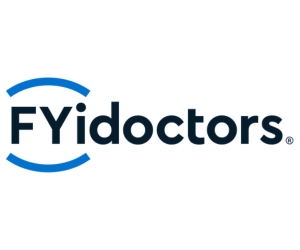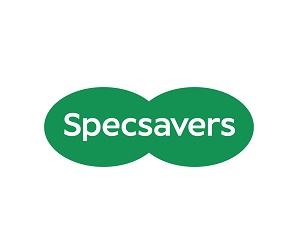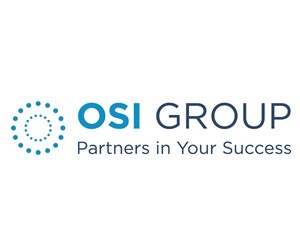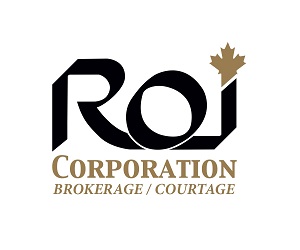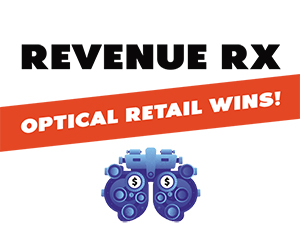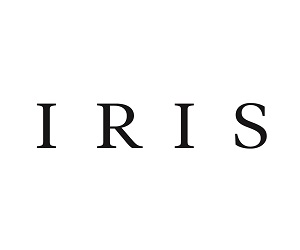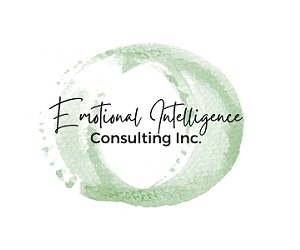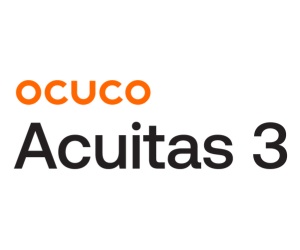
A business owner asked me to give him a brief estimate of the value of his business. He had all the financials in front of him and he needed a number for a conference call he was having with his advisor in 20 minutes. I asked if he had the business appraised before. He said no and just needed a rough value so he could do retirement planning.
I cautioned him that it would be very rough and I asked that he never hold me to it and I qualified it as a napkin valuation. The napkin valuation is a term used when a business appraiser sits down with an owner and use a napkin and a pen to make quick notes which results in an estimated value of the business.
The estimate is based on a limited set of criteria. Primarily, for small businesses, the owner reveals last year’s gross income or this year’s projected gross income. A short discussion about expenses and an approximation of a profit margin follows. Then a quick look at the whole industry and finally the appraiser picks a multiple of the earnings.
In this case, the annual sales in the previous fiscal year were about $3,000,000. He readily admitted that expenses were a higher than he had hoped, but he was estimating they would have a profit margin of between 8% and 10% of the revenue this year. Last year, the profit margin was about 11%, but due to some cross-border taxation issues his cost of materials went up this year.
At that point, using five times the normalized earnings, I estimated the business to be worth approximately $1.5 to $1.75 million. The owner seemed satisfied although he thought the business would be worth more after all his years of hard
work.
I suggested a more thorough appraisal may reveal some aspects of the business that would improve value but based on his input and the limited time we had to complete this valuation, that was the number I was prepared to release over the phone.
He called his financial advisor and given the calculations he had was told he could not retire comfortably. if he sold the business in the next 1-2 years, he would end up with just over $1,000,000 of net proceeds, not enough, based on his other assets and future income sources. He was disheartened and said he was five to ten years away from retirement. The next day, I contemplated whether I should encourage him to spend money on a complete appraisal of the business, which may yield other important elements of value, such as intellectual property, patents or trademarks, equipment and machinery that was not mentioned on the balance sheet of the company nor readily available to see in retained earnings or un-depreciated assets of the corporation. I thought about normalizing financial statements to look for income and expenses that are not essential to the day-to-day operations, that could purify his financial statement. Before calling him, I decided to take a look at his particular industry to see what the prevailing ratios of income and expenses and normalized earnings were.
A reliable business service I use provided information that suggested his industry’s profit margin was higher than his estimates. Therefore, because of time restrictions inherent in a napkin valuation, we had not determined the true hidden value or profitability of his business.
We agreed to commence a letter of opinion, whereby the appraiser has the opportunity to review the financial statements in detail. After four hours and running some spreadsheets, including the research I had done earlier, I determined his business was worth $3 to $3.5 million. I qualified my letter of opinion value with a plus or minus of 15% in either direction and sent it to him.
He was ecstatic because the valuation was the same number his advisor suggested for retirement in 1-3 years. I said it was better than the previous napkin valuation but it was still an incomplete appraisal.
He is re-evaluating his circumstance, and I hope he will invest in a detailed appraisal to identify the hidden components of value that are not revealed on a financial statement.
Napkin valuations are useful for quick calculations but a 15-minute phone call with someone like me is insufficient to go to an advisor to complete a retirement plan. If you own a business, hire a professional and get a proper appraisal done. Your financial and retirement plan is dependent on an accurate value of your business and what it would sell for in an open, arm’s length, unrestricted market situation. It is worth the investment.

TIMOTHY BROWN
is Chief Executive Office of ROI Corporation Canada’s national professional practice and brokerage firm.

JACKIE JOACHIM
Jackie has 30 years of experience in the industry as a former banker and now the Chief Operating Officer of ROI Corporation. Please contact her at Jackie.joachim@roicorp.com or 1-844-764-2020.














